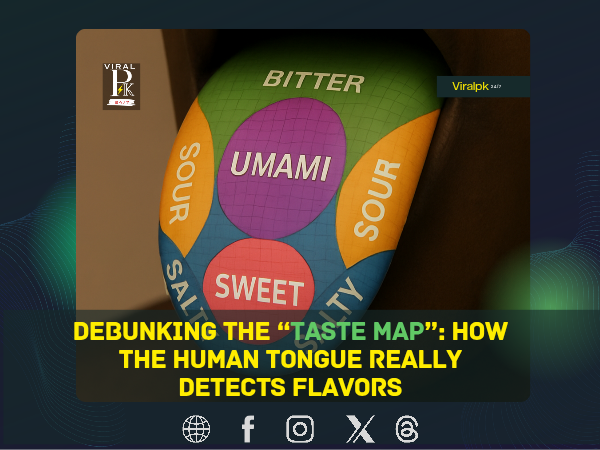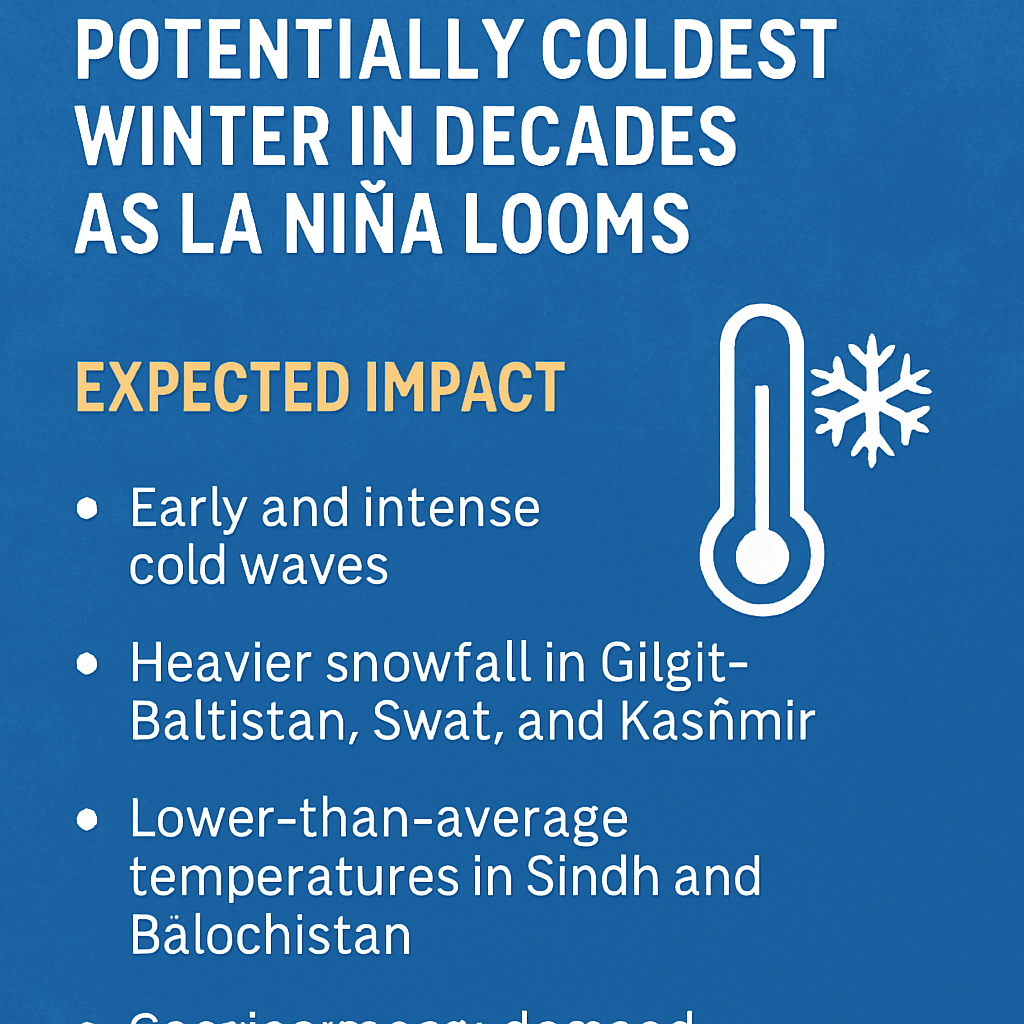For decades, a colorful “taste map” of the tongue has circulated in classrooms and popular science books, showing sweet, salty, sour, bitter, and umami flavors neatly separated into different zones. But is this classic diagram scientifically accurate? Modern research reveals a far more fascinating story.
Introduction & Background
The “taste map” is a well-known diagram claiming that specific regions of the tongue are responsible for different tastes—sweet at the tip, salty and sour on the sides, and bitter at the back. This concept originated from a 1901 German study by scientist David P. Hänig and was later simplified (and slightly mistranslated) in textbooks.
While the diagram became popular worldwide, today’s scientists know that taste perception is not so neatly divided.
How Taste Really Works
The human tongue is covered in tiny sensory organs called taste buds, located on papillae. Each taste bud contains 50–100 sensory cells capable of detecting all five primary tastes:
- Sweet – Signals energy-rich foods (sugars, carbohydrates)
- Salty – Indicates essential minerals like sodium
- Sour – Warns of acidity or spoiled foods
- Bitter – Detects potential toxins and protective compounds
- Umami – Senses savory flavors from amino acids such as glutamate
Modern research shows that all areas of the tongue can detect these tastes, though sensitivity may vary slightly. For example, some regions might be slightly more responsive to sweet or bitter, but there are no exclusive “zones.”
The Myth of the Classic Taste Map
The traditional map persists because it is simple and visually appealing, but it misrepresents how taste actually functions. Instead of discrete regions, taste is a complex network of receptors sending signals to the brain, where flavor perception combines with smell, texture, and even temperature.
Factors such as genetics, health conditions, and even age also influence how we perceive flavor. That’s why foods can taste different when you have a cold or why some people are supertasters—highly sensitive to bitterness.
The Role of Umami: The Fifth Taste
Umami, a savory taste first identified in Japan in the early 20th century, was added to the primary taste list later. It is found in foods like soy sauce, mushrooms, tomatoes, and aged cheeses. Today, umami is recognized as an essential component of global cuisine.
Conclusion
The human tongue is far more versatile than the old “taste map” suggests. Every region contains taste buds capable of detecting sweet, sour, salty, bitter, and umami, making flavor perception a full-mouth—and brain—experience.
So next time you savor your favorite dish, remember: your entire tongue is working together to create that burst of flavor.
📌 Disclaimer: This article is for informational purposes only and picture generated by AI. Follow VIRAL PK 24/7 for more updates.
SEO Keywords: human tongue taste map, myth of taste zones, how taste buds work, five primary tastes, umami taste science, taste perception, tongue receptors











